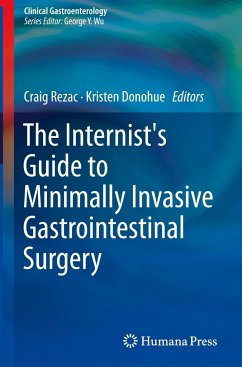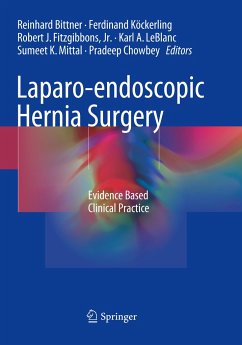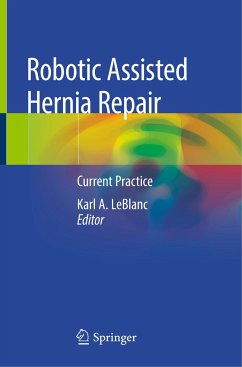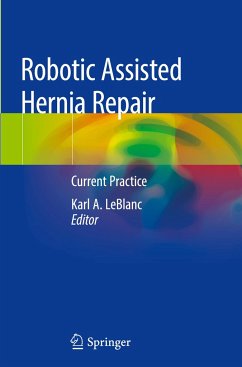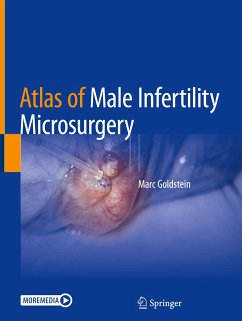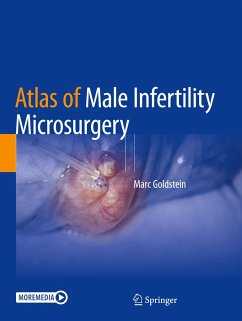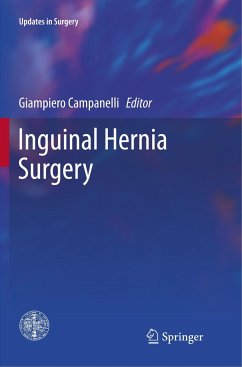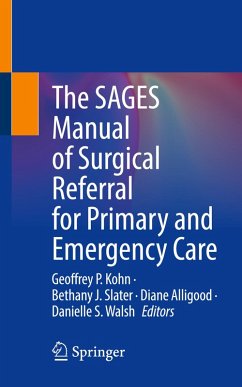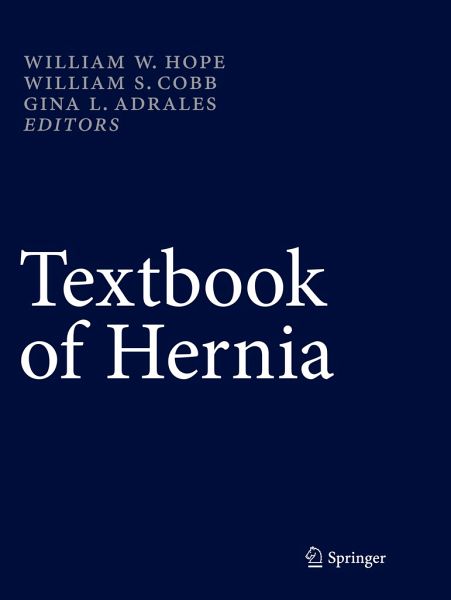
Textbook of Hernia
Versandkostenfrei!
Versandfertig in 6-10 Tagen
100,99 €
inkl. MwSt.

PAYBACK Punkte
50 °P sammeln!
This textbook provides a comprehensive, state-of-the art review of the field of hernia surgery, and will serve as a valuable resource for clinicians, surgeons and researchers with an interest in both inguinal and ventral/incisional hernia. This book provides an overview of the current understanding of the biologic basis of hernia formation as well as laying the foundation for the importance of hernia research and evaluating outcomes in hernia repair. Diagnosis and management strategies for inguinal and ventral hernia are discussed in detail with separate techniques sections for the most widely...
This textbook provides a comprehensive, state-of-the art review of the field of hernia surgery, and will serve as a valuable resource for clinicians, surgeons and researchers with an interest in both inguinal and ventral/incisional hernia. This book provides an overview of the current understanding of the biologic basis of hernia formation as well as laying the foundation for the importance of hernia research and evaluating outcomes in hernia repair. Diagnosis and management strategies for inguinal and ventral hernia are discussed in detail with separate techniques sections for the most widely used procedures in this field as well as emerging technologies such a robotic and single incision surgery. Pertinent associated topics to inguinal hernia surgery such as chronic groin and athletic pubalgia are covered in detail. For incisional hernias, associated topics such as hernia prevention and enhanced recovery protocols are discussed. For both inguinal and ventral/incisional hernias mesh choices and available mesh technologies are discussed in detail as this remains an often confusing matter for the general surgery. When appropriate, chapters to highlight controversies in care are featured such as the use of synthetic mesh in contaminated surgery and laparoscopic closure of defects in laparoscopic ventral hernia repair. Current recommendations and outcomes data are highlighted when available for each technique.
Textbook of Surgery will serve as a very useful resource for physicians and researchers dealing with, and interested in, abdominal wall hernias. It will provide a concise yet comprehensive summary of the current status of the field that will help guide patient management and stimulate investigative efforts.
Textbook of Surgery will serve as a very useful resource for physicians and researchers dealing with, and interested in, abdominal wall hernias. It will provide a concise yet comprehensive summary of the current status of the field that will help guide patient management and stimulate investigative efforts.



